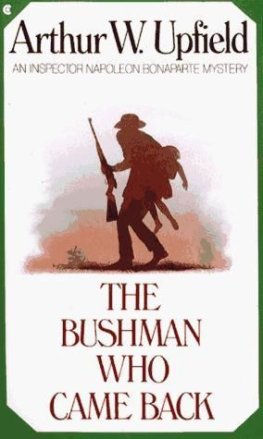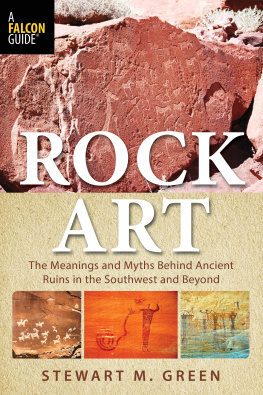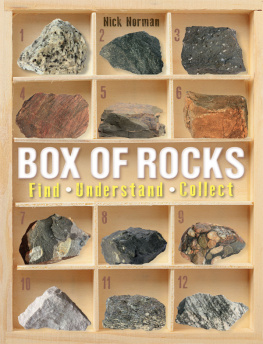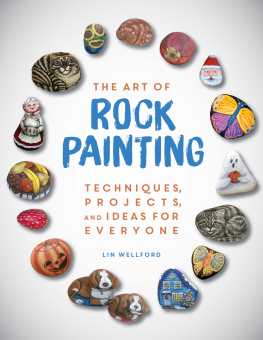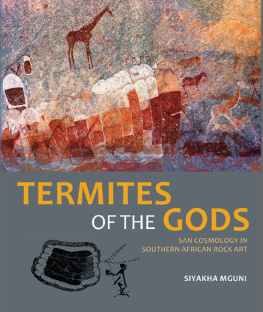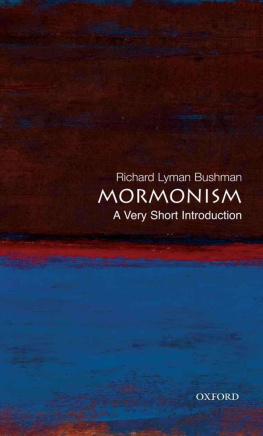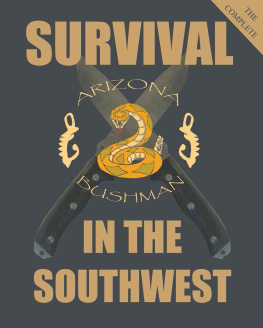BUSHMAN
ROCK ART
Other books by Lee Gutteridge
The South African Bushveld: A Field Guide from the Waterberg (Southbound 2008)
Okavango: A Field Guide (Southbound 2011), with Tony Reumerman
The Bushveld: A South African Field Guide, including the Kruger Lowveld (Southbound 2012)
Published in 2012 by Southbound
an imprint of 30 South Publishers (Pty) Ltd.
16 Ivy Road
Pinetown 3610
South Africa
www.30degreessouth.co.za
Copyright Tim Forssman & Lee Gutteridge, 2012
Design and origination by Pinetown Printers (Pty) Ltd.
Printed and bound by Pinetown Printers (Pty) Ltd., Durban
All rights reserved. No part of this publication may be reproduced, stored, manipulated in any
retrieval system, or transmitted in any mechanical, electronic form or by any other means, without the prior
written authority of the publishers, except for short extracts in media reviews. Any person who engages in any
unauthorized activity in relation to this publication shall be liable to criminal prosecution and claims for civil and
criminal damages.
ISBN 978-1-920143-55-8
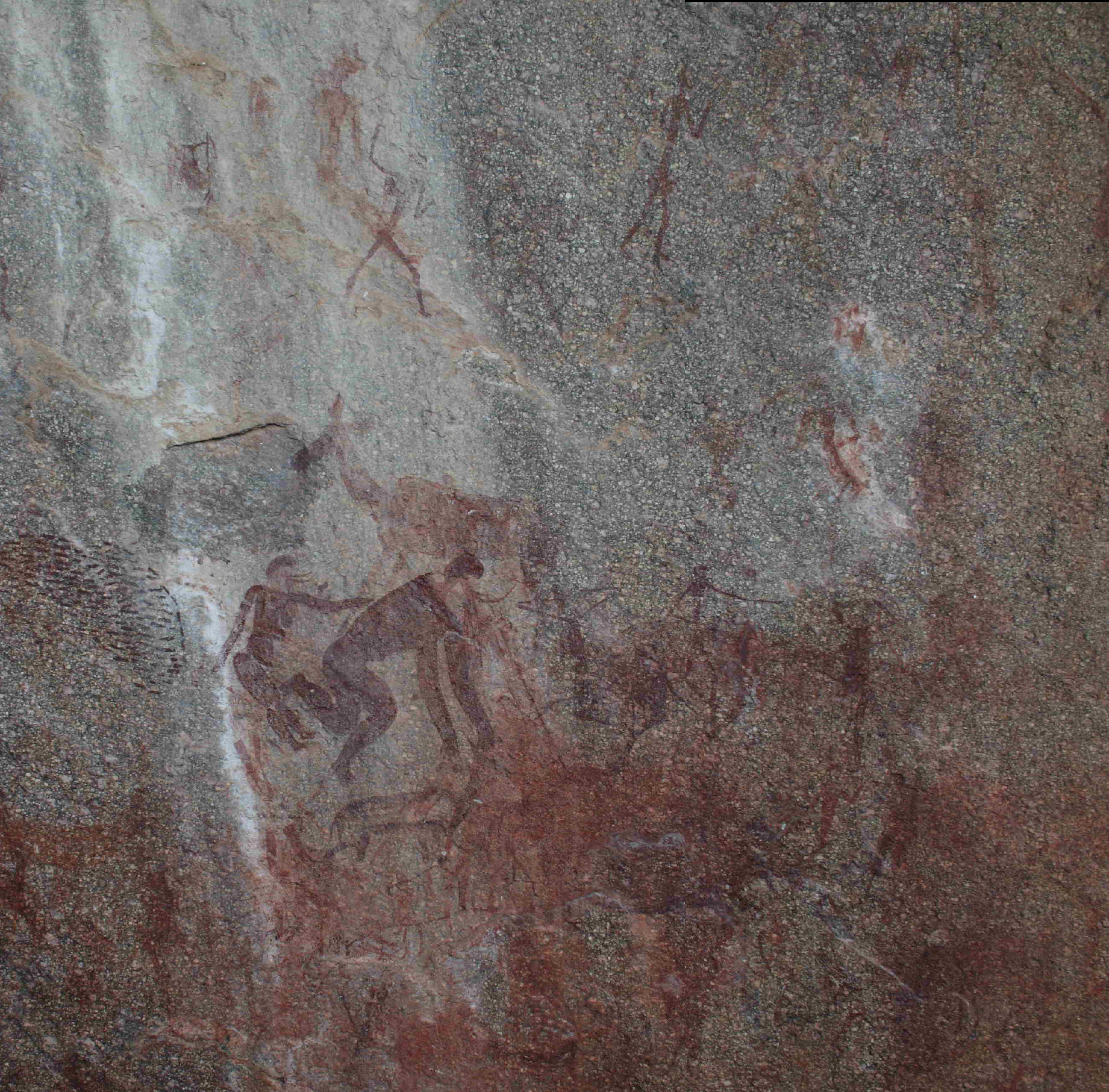
A shaman transforming into an elephant with the assistance of his teacher
For Justin Bessler
(24 May 198920 August 2010)
a great friend, brother, son,
companion, sportsman.
We will always treasure
our memories of you
and
Captain Bill Forssman
(28 January 192425 March 2011)
who taught compassion,
respect and humour.
He was a man above men
TF
For my grandparents, Thomas, Robert,
Dorothy and Joan, with love
LG
Acknowledgments

The authors would like to thank several people who helped with the production of this work. Firstly, we thank the Rock Art Research Institute (RARI) at the University of the Witwatersrand. In particular, we appreciate the help given by Ben Smith, Azizo De Fonseca and David Duns. This book would not have been possible without their assistance. A number of individuals also offered us invaluable advice and assistance: Daniel Farrell, Sandra Hubbard, Jamie Hampson, Jeremy Hollmann, Jonathan Kaplan, David Lewis-Williams, Matt Lotter, Siyakha Mguni, Peter Mitchell, David Morris, Decio Muianga, Neil and Rose Potgieter, Jens Reissig, Benjamin Smith and, in particular, Kath Potgieter. A special thank-you must also go to Mark Forssman, Quentin Fraser-Jones, Matt Lotter, Solomon Pomerantz and Kath Potgieter who helped on earlier drafts of the book. It goes without saying that we are deeply indebted to the 30 South team and, in particular, Chris and Kerrin Cocks who went far beyond the call of duty to get this book on the road. Lastly, to Keegan Thumberan in the Pinetown Printers DTP department who worked tirelessly piecing together the various bits of information we sent to him over the course of this project.
Tim would also like to thank his family, Mark, Bets and Chris Forssman, for all their support throughout the yearsespecially while writing this bookand the rest of the Forssman family; also the Potgieter family, Matt Lotter and Decio Muiangaall an amazing bunch of people. I also would like to thank Lee for initiating this adventure. It has been a privilege working with you and I will treasure the laughs, the graft and especially all the lessons you have taught me. Most of all, I would like to thank Kath Potgeiter, whose support never ceased or wavered. I cannot think of my life without you.
Lee would like to thank Sarah, Kellen and Savannah for their support and, of course, their patience while he was busy with this project. Also, thanks must go to Diana, Ed and JP, his instructor team at the Entabeni Nature Guide Training School. for their encouragement and support with this project. Special thanks to Tim for sharing his vastly impressive knowledge with an interested amateur. It was great fun crawling around in caves, debating the identity of faded images and following GPS coordinates to some very random rockshelters and, of course, who could forget tracking the dinosaur ... I hope we get to do this for many more years to come!
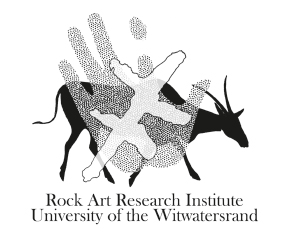
Contents

Foreword

Southern Africa boasts one of the richest and most extensive concentrations of rock art anywhere in the world. With individual siteslet alone imagesnumbering in their thousands, this unparalleled heritage is also among the worlds oldest and perhaps most continuous artistic traditions: the earliest examples of rock painting yet found, which come from Apollo 11 Cave, Namibia, date back to around 27,000 years ago, while images continued to be made in the uKhahlamba-Drakensberg mountains of KwaZulu-Natal until the dawn of the twentieth century. Archaeologists, of course, are already familiar with the rock art and its importance for understanding southern Africas past, especially the lives and beliefs of the Bushman (or San) hunter-gatherer societies who once lived all across the region. The arts importance as a unifying symbol for South Africas still young democracy is also evident from the prominence that images derived from it have in the national coat of arms. But detailed acquaintance with Bushman paintings and engravings and with the intricate set of ideas and beliefs that motivated their production is still not as widespread, or as easy to access, as it might be.
This book makes an important contribution to achieving that goal and its authorsLee Gutteridge, a well-known guide, instructor and author of praised field guides to the Okavango and the Waterberg, and Tim Forssman, a promising young researcher with extensive experience of the archaeology of Limpopo province and eastern Botswanaare to be congratulated on its publication. Together, they have produced a field guide that covers a truly impressive range of what Bushman art has to show. Moreover, they have succeeded in describing that imagery in an easy-to-grasp fashion that draws on the published scholarship and expertise of many anthropologists and archaeologists, most notably, of course, that of Professor David Lewis-Williams, founder of the Rock Art Research Institute at the University of the Witwatersrand, Johannesburg, Africas leading centre for rock art studies.
Gutteridge and Forssman begin with a brief account of the diversity of southern Africas rock artof which that produced by Bushmen is simply the largest and most well knownof its place within the broader history of human occupation of the region and of some of the basic tenets of archaeological fieldwork. Importantly, too, since this is a field guide intended for use in the field, they also stress the importance of visiting rock art sites in a responsible fashion that will safeguard paintings and engravings for future generations of visitors and researchers. But the main part of their book rightly concerns itself with what you, the reader, will see in the field: images of people and animals for the most part, but also more enigmatic subject matter, such as dots, flecks, geometric forms of one kind or another and the very relationship between some images and the rock surface on which they were made. For each of these broad categories and the many variations within themfor animals, for instance, they cover species as diverse as elephants and bees, aardvarks and elandsthe emphasis is twofold: what to see and how to recognize it, combined with information drawn from many decades of anthropological and archaeological research as to what particular images, or sets of images, likely meant to those who first executed or viewed them. An impressively extensive and up-to-date bibliography provides ample opportunity to pursue those interpretations further within the broader context of rock art research and southern African archaeology as a whole.


